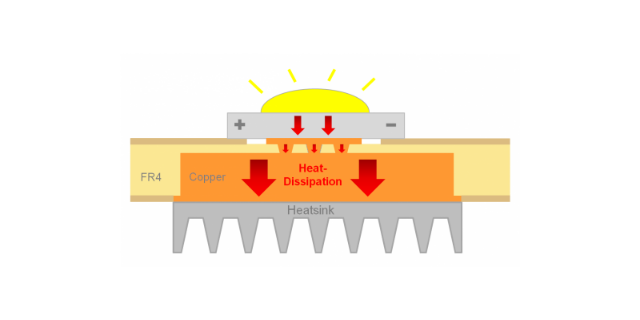UVC Sterilization Principle
The irradiation of UVC on bacteria, viruses and other microorganisms will damage the molecular structure of DNA (deoxyribonucleic acid) or RNA (ribonucleic acid) in the cells of microbial body. Thus lead to DNA chain break, nucleic acid and protein cross-link break, resulting in death of growth cell and regenerative cell death, to achieve the effect of sterilization.

Ultraviolet light can be divided into UVA, UVB and UVC according to the wavelength.
The wavelength range of UVA is 320-400 nm, UVB is 280-320 nm, UVC is 200-280 nm.
Among them, UVA has a strong penetrating ability. Most of the ultraviolet rays received on the ground are UVA, which can darken people’s skin.
Penetrates ability of the UVB is weaker. UVB can cause person skin is red and swollen.
However, the UVC in sunlight has the weakest penetrability, which is absorbed in the ozone layer of the atmosphere and cannot reach the ground.
Therefore, it is customary to call the middle ultraviolet spectrum 200-280 nm of the solar radiation which cannot reach earth as “solar blind zone”.
The irradiation of UVC on bacteria, viruses and other microorganisms will damage the molecular structure of DNA (deoxyribonucleic acid) or RNA (ribonucleic acid) in the cells of microbial body. Thus lead to DNA chain break, nucleic acid and protein cross-link break, resulting in death of growth cell and regenerative cell death, to achieve the effect of sterilization.
UVC is a broad-spectrum bactericidal group that kills all microorganisms, including bacteria, tuberculosis, viruses, spores, and fungi.






